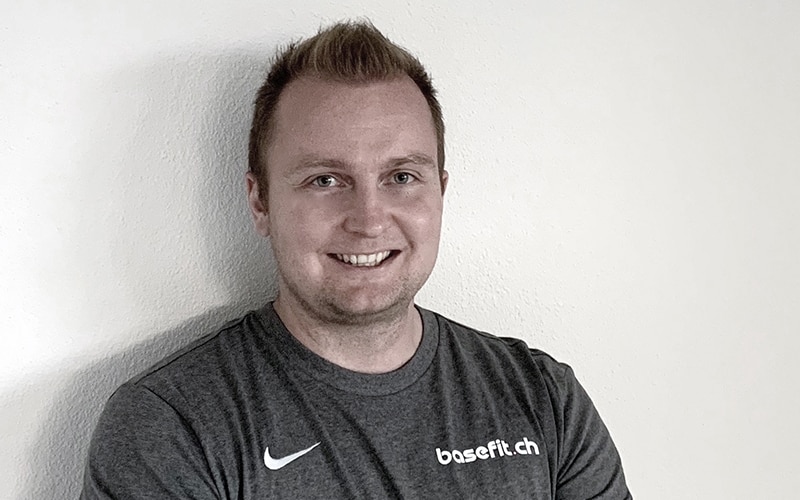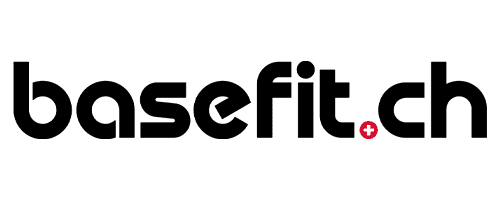New customer acquisition after the pandemic
While we are taking another run at further relaxation in the fitness industry with great expectations, the NZZ today on 28.03.21 headlines quite soberly: “Back on the couch”. The initial euphoria for movement has in many ways already subsided. “A few months later, the sobering conclusion is that Corona has still not been defeated – and the sports boom was even shorter-lived than the medical crisis.”
Our industry is a seasonal business, the beginning of the year is essential for the overall annual result – a new customer in January is twelve times more interesting from a pure sales point of view than a member who only registers in December. Compared to last year, we will have to do without a strong January and February.
Summer is not commonly known for new customer sign-ups. As vaccination readiness increases and doses vaccinated, the current measures will tip in the summer. Surveys asking people about their biggest refrain in the current pandemic list travel at home and abroad at the top of the list.
A lack of New Year’s business and challenging summer with loosening up and people wanting to re-consume your abandonment of the last nearly 1.5 years puts our industry to your next test: how do we attract new customers and win back old ones?
Customer segmentation and needs against the background of the pandemic
The AIDA Model (awareness, interest, desire, action) is familiar to all of us, but loses relevance when potential customers encounter their own parallel journey to make a buying decision. You already come to the gym well-informed about the competition’s prices, as well as reviews and ratings of your business and your counterparts. Customers usually invest more time in the necessary research of all information than the actual consulting business takes in the center. Against this background, it is becoming increasingly essential to know your customers and their ecosystem: What are my customers’ needs, where and when can I interact with them and what impact will the pandemic have in the short and long term. The last 12 months have shown that customer groups are dealing with the pandemic in different ways. For example, young people aged 18-35 years were less risk-averse in dealing with the pandemic and were more enthusiastic about fitness than those aged 50 years and over or who belonged to a risk group. In the past 12 months, Fitness@home providers were among the winners of the crisis and were able to gain many new customers. Since the digital providers have the necessary technology at their disposal, and they are equally aware of the great importance of customer data and their usage behaviour, it can be assumed that these providers have accumulated more customer knowledge in the last year than many a fitness centre in the last decade.
The desire for more flexible offers
According to the 2019 European Health & Fitness Market Study, published by Deloitte, the Swiss fitness market still leads the statistics for highest membership fees at EUR 64.2. Fitness is therefore still a commodity that one must be able to afford in Switzerland. Customer surveys show that the main reason not to sign up at a gym is still the high price. The hurdle becomes even higher when a membership is payable in full up front. Customers who were completely upfront with their annual membership were a huge help to gyms from a cash flow standpoint. But how will this willingness of customers develop in the future if it is already clear that many center operators will not or cannot compensate customers for the closing time after the lockdown?
Fuelled by Spotify, Netflix and co, “hop on, hop off” style contract models are becoming increasingly popular. Some fitness providers were already adding monthly contracts to their offerings in this country before the pandemic. In other European countries such as the UK, NL, FR, DK, providers with “no contract” memberships have already turned the entire market from annual memberships to hopp on hopp off models in recent years. In view of the fact that customers have had to witness many openings and closures of our centers during the pandemic, a certain degree of skepticism on the part of customers regarding the commitment to annual subscriptions is to be expected.
©CI Fitness Switzerland – Copying or otherwise reproducing, will be met with legal action.
Author
The first basefit.ch studio was opened in 2008 with the aim of making fitness in Switzerland accessible to everyone at affordable prices, in geographical proximity and in good quality. This concept has remained unchanged to this day and continues to be limited to the really essentials such as a very good infrastructure, friendly & motivated staff, high hygiene standards, health insurance recognition and good accessibility in a central location.




